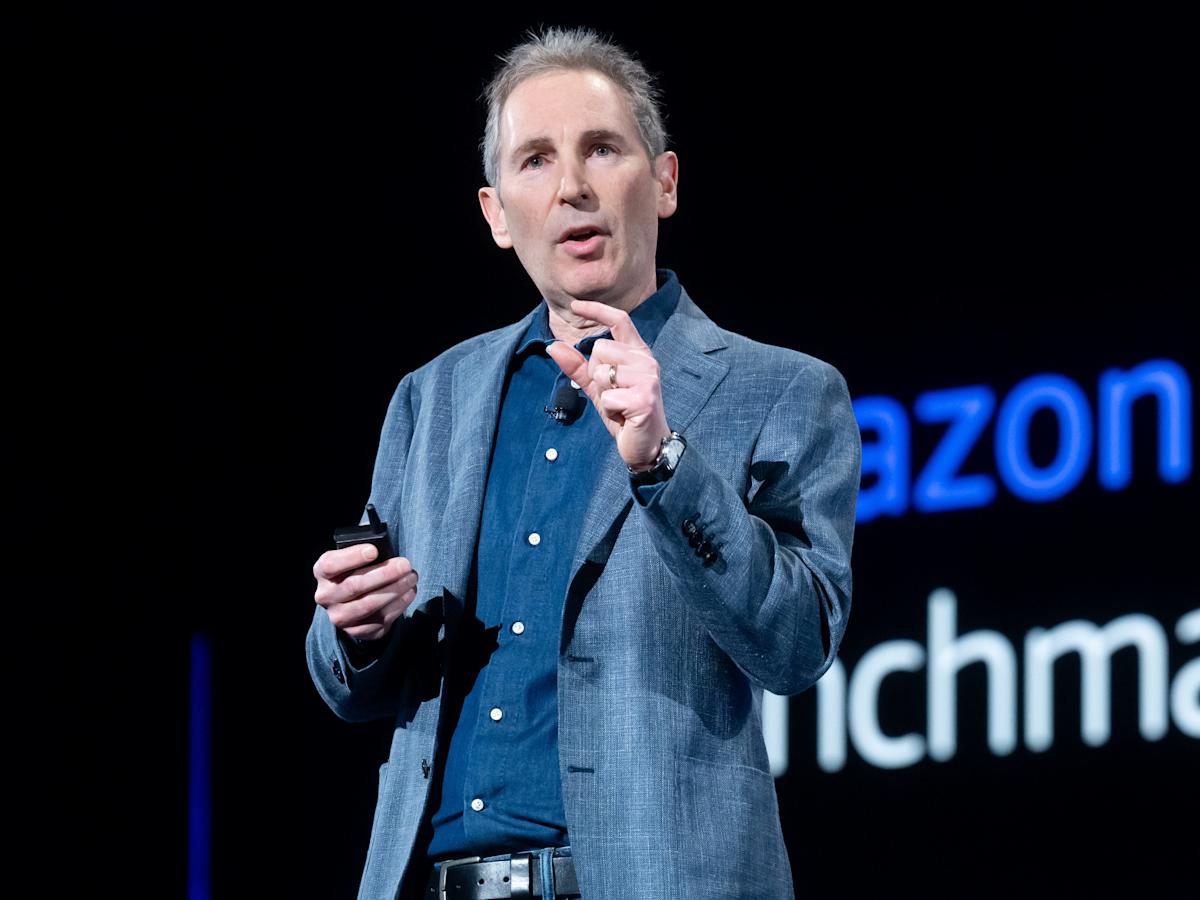Why one analyst just took the brave step of downgrading Amazon and Microsoft
-
Rothschild & Co Redburn downgraded Amazon and Microsoft stock this week.
-
It said it failed to see a clear bull case due to key issues with the business model for AI firms.
-
Confidence is already shaky in the AI trade, with top tech stocks selling off in recent weeks.
One analyst has taken a dimmer view of two AI kingmakers this week.
Alex Haissl, an analyst at Rothschild & Co Redburn, is a lonely dissenting voice among research analysts when it comes to shares of Amazon and Microsoft. In a note to clients this week, Haissl downgraded the firm’s rating on the tech giants despite the ongoing hype for generative AI and the billions both firms have pledged to spend on the new tech in the coming years.
Investors look like they’re valuing Amazon and Microsoft’s capex plans as “as if cloud-1.0 economics still applied,” Haissl wrote, referring to the low-cost structure of cloud-based services that allowed Big Tech firms to boom in the 2010s.
But there are a few problems that suggest the AI boom likely won’t play out in the same way, and it is is probably far more costly than investors realize, he said.
“We downgrade Amazon and Microsoft with a heavy heart,” Haissl wrote, noting that the firm had held a bullish view on the two stocks for the last several years.
“But after turning over every stone, we no longer see a credible path back to cloud 1.0 economics. The market, however, still prices in that outcome, implying returns we believe are no longer achievable,” he added.
There are key differences between the business model for “cloud 1.0” and generative AI, Haissl said.
For one, AI is far more costly. According to Rothchild’s analysis, a GPU costs firms around $40 billion in capex per gigawatt of power.
It’s also believed to generate less revenue. Each GPU generates around $10 billion of revenue per gigawatt, per the firm’s calculations.
Amazon, Microsoft, Meta, Alphabet, and Apple are on track to spend around $349 billion in capex this year, much of which is directed toward AI infrastructure, according to company statements.
“We are not concerned about operating margins; those can be managed. The real constraint is the capex required relative to the growth delivered,” Haissl said, later adding that he believed the market was overestimating the returns related to AI investment.
Second, AI chips are also known to have a short lifespan, another factor that can make projects costly. If a GPU were to be replaced every three years, projects would turn “value destructive,” according to Rothchild’s estimates, implying losses for the owners of the chips.



Leave a Comment
Your email address will not be published. Required fields are marked *